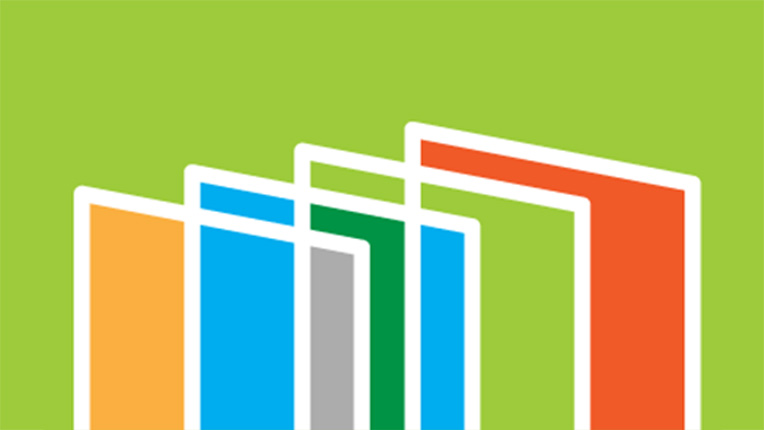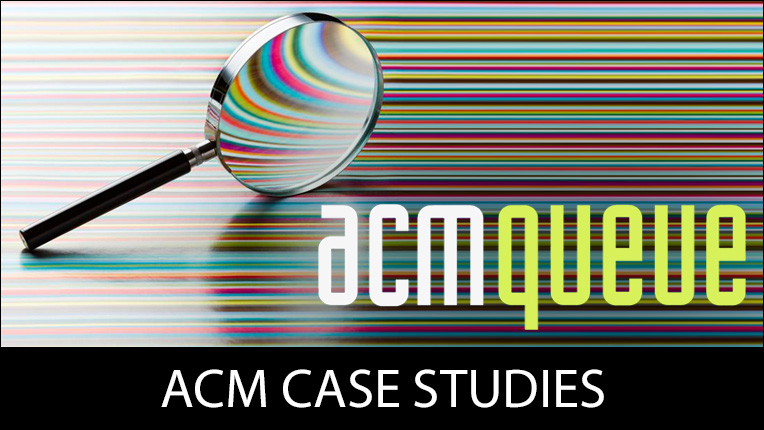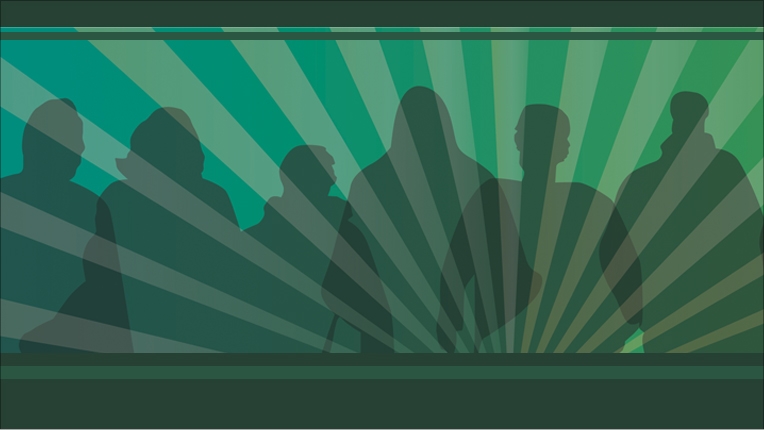ACM SGB Meeting Materials February 10, 2006
SIGPLAN (J. Davidson)
Davidson was invited to provide some background on putting together the April 2004 issue of SIGPLAN Notices. This was a special issue that contained "20 Years of the ACM SIGPLAN Conference on Programming Language Design and Implementation (1979 - 1999): A Selection." The thirteen member program committee, chaired by Kathryn McKinley, compiled a selection of what they deemed to be the fifty most influential papers published in PLDI from 1979 to 1999.
In 2001 the EC of SIGPLAN selected a committee to select 50 most influential papers of PLDI for the last 20 years. The committee solicited nominations and received 351 of which 179 were unique. The selection was done through several rounds of teleconferences and e-mail with impact and technical excellence being the primary criteria. Part of the publication included retrospectives from authors to put paper in context. They outlined the influences that led to the work from all 50. The project was well received by the membership. This was a great way for the SIG to honor some of its most influential members, making this kind of activity very important to the community.
SIGSOFT (W. Griswold)
Griswold was invited to provide some background on the SIGSOFT project to document the PhD dissertations in software engineering by inviting people (members and non-members alike) to submit titles, abstracts, and URLs for capture on the SIGSOFT web site. The list is provided as a resource for PhD candidates, researchers, scientists, and engineers who are actively pursuing advanced research in Software Engineering.
SIGSOFT invites PhD graduates to submit information about their dissertations by using a form on the SIGSOFT website. The information provided is evaluated by the SIGSOFT committee before being added to the list.
They now have 57 entries in the repository and believe it is worthwhile to redouble their efforts. They’ve included a letter in the SIGSOFT newsletter pointing this out to leadership and they intend to e-mail members asking them to contribute to the depository which is a single web page of citations, organized by year. The rules of submission indicate that the information must be submitted by author or advisor, abstract in English, cursorily checked by SIGSOFT for accuracy and SE content (err on side of acceptance).
SIGCHI (J. Konstan)
Konstan was invited to provide the SIG leaders with information on the restructuring of the flagship CHI conference as outlined in the SIGCHI annual report. SIGCHI has started a change in CHI conference tutorial model. The modifications to the program have not been evaluated yet because the first time this will happen will be in April. The conference was beginning to cancel tutorials because of a lack of enrollment, complaints about quality and variety.
The new model will provide tutorials, now titled courses, as just another technical part of the conference. They’ve created new tracks about areas of practices and will have these courses as part of conference Monday – Thursday instead of just Sunday and Monday. There is a wider variety of topics for these 40 minute courses. This program makes presentation cheaper. They’re marketed as free but the materials fee is $25/unit. Completely untested so previous instructors that were paid well are now in a model of providing a service and reaching out to the community. More people are expected so there is a need to set limits for registration. So far this seems promising. The model has been presented at other venues where people discussed it and said this was the sort of thing they found useful so informal response has been positive. They intend to go out to recruit specific research tutorials.
All three leaders indicated their willingness to discuss these SIG activities in more depth with any Chairs interested in providing similar services/activities to their members.
Others
The “Best Practices Session” gave each leader an opportunity to provide a quick best practice from their SIG:
SIGSIM is trying to get more vendors and getting academics to partner with those vendors. The match-up is up to them. This is a challenge.
SIGSAM is providing ISSAC proceedings CD and distributing along with open source software.
SIGGRAPH papers program is so successful it is approaching the breaking point with up to 440 submissions. Sketches initially was for research in progress but gets 500 submissions with 30% acceptance rate and a great place for practitioners to present. Exhibitors/vendors have tech talks. We rent room and they can have ½ day so that they can give in-depth tutorials on their systems
SIGIR doctoral dissertation program allows grad students to spend a day with senior members of community with 1 on 1 contact. Popular with community and hope for better dissertations down the road. 2 page abstract fairly far along goes through selection process with support from IR for travel. Comments from group and then ½ hour session with 2 senior members of the group for feedback. Acceptance rate is 50-60%.
SIGCSE produced a special issue on Women in Computing in June 2002 and then put together 1st CD venture on Women in Computing with special issue of SIGCSE, IEEE Annals, CACM distributed with June 2005 bulletin. Henry has copy for anyone wishing to review it.
SIGACCESS has provided Doctoral Consortium funding for last 2 years. One of the recipients won best paper award.
SIGACT exciting the public about theoretical computing. Invited science writers from people that do science writing.
SIGPLAN conference submission support much more reliable service. Number of advantages. People that write conference papers are picky so they commissioned a professional designer to prepare a new latex template. Committee came up with template out on web page, SIGs encouraged to use it.
SIGCHI and others use submission database and if you share between conferences you share keywords of expertise.
SIGKDD reception on 2nd day combined with food, wine and beer with poster session. Provide 2 minute summaries.
SIGITE, rather than committee structure reorganizing around projects, time limit for initiatives.
SIGARCH setting up wiki for continuity for officers from 1 year to next. Used to fund travel grants but a lot of industry folks fund themselves, so get industry first and use their funds as backup
SIGSAC expanded flagship conference into Asia. Tremendous response to call for papers and tremendous amount of people showing up in March.
SIGDA has a new column in newsletter called “What Is Column” which includes descriptions in plain English related to DA. Received good feedback which goes in newsletter and wikipedia. All newsletters in DL. Started lots of programs including University booth, PhD forum, summer school for students, Cadathlon, which is programming contest for EDA. Surveyed membership and some of the programs that were more relevant were least costly. Suggest setting up a plan to assess new programs.
Lifelong Learning
ACM offers lifelong learning resources including online books and courses from Skillsoft, TechTalks on the hottest topics in computing and IT, and more.

ACM Case Studies
Written by leading domain experts for software engineers, ACM Case Studies provide an in-depth look at how software teams overcome specific challenges by implementing new technologies, adopting new practices, or a combination of both. Often through first-hand accounts, these pieces explore what the challenges were, the tools and techniques that were used to combat them, and the solution that was achieved.

